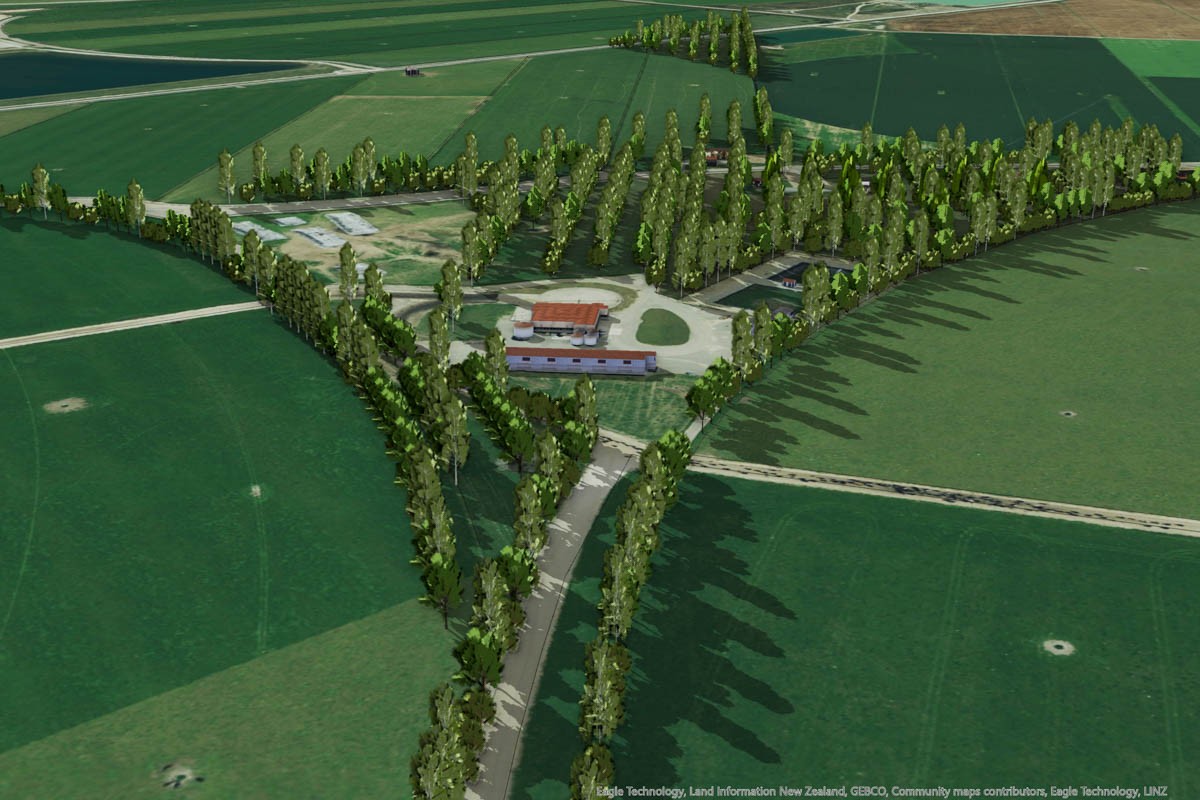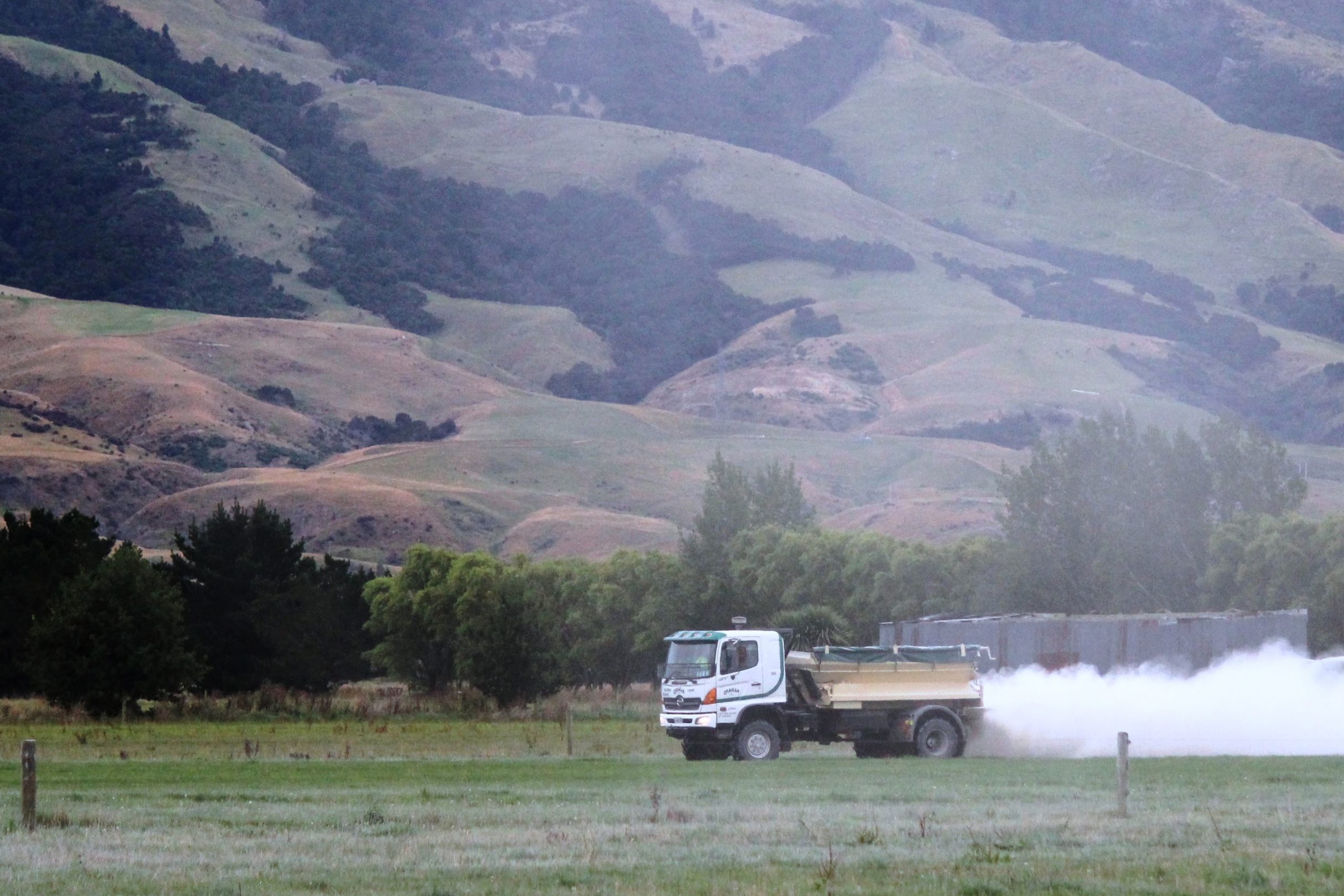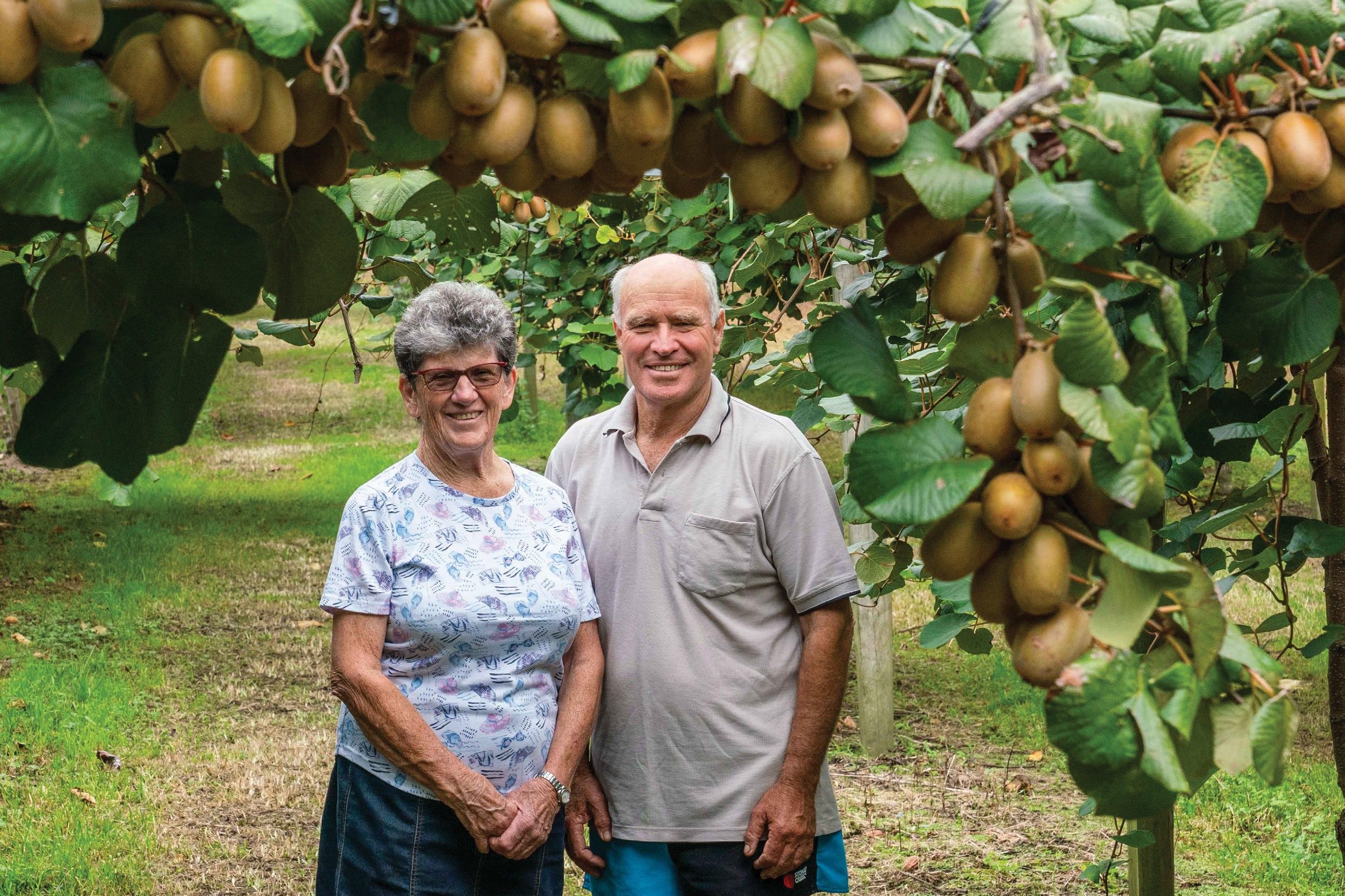Words by: Chris Neill
Will and Marianne Tye have established themselves as Northland dairy farmers at Awanui, 9km north of Kaitaia. They have built their business by purchasing small dairy farms which were no longer sustainable and introduced their knowledge, determination and mahi (work) to create a profitable enterprise. Their combined business employs four permanent staff as well as the couple.
The first farm, Willmar Farm Partnership is 225 hectare effective platform, on the river flats plus a 30ha runoff. They milk 620 cows, spring calved, twice a day all season. Originating from two farms, they utilise both sheds and milk as two herds of 220 and 400 cows. Retaining and operating the two herringbone cowsheds (18-aside and 20-aside) was determined to be more economic than building one large new one. Will and Marianne also find it easier to get staff who are able to operate the smaller herds and they anticipate in the long run it will offer greater flexibility for land-use change.
Willmar Farms produced 235,000kg milk solids last season, despite the drought – down about 5% on the previous season. They have also lifted reproductive performance to 78% in-calf at six weeks and 8% late or empty.
The most recently acquired farm is in a separate company, Jersey Made Ltd and adjoins Willmar Farm. It is 173ha effective platform, all flat plus 40ha runoff. This season it is 475 cows, spring calved, milked once a day all season, milking through an old 20-aside herringbone refurbished to create a 40-aside shed. It is in its first year post-conversion from beef and on track to produce 135,000kg MS. Reproduction results of 74% in calf at six weeks and 12% late or empty are seen as a reasonable starting point. Next season, Jersey Made will change to 435 cows TAD. With the planned changes and consolidation of the management systems, Marianne and Will expect to lift production to similar levels as Willmar Farm.
Will and Marianne have brought together small, adjoining, low producing farms with kikuyu pastures and they are focused on improved pastures and grazing management to lift production. Transition on Willmar Farms has gone from 55,000kg MS on kikuyu only under previous owners, 135,000kg MS on kikuyu plus Italian ryegrass, to 235,000kg MS on improved pastures plus a 60ha increase in platform area.
The drought of 2019/20 started for Will and Marianne in November 2019 and relief came with rain in late April 2020. They focused on protecting cow condition and milk production by introducing palm kernel, using one tonne per cow with 50% on contract and the balance bought on the spot market. They don’t want to contract palm kernel excessively in case of drought, preferring to have a broader strategy that incorporates purchased and home-grown feed. As part of that strategy, they are now growing maize as a buffer for palm kernel extract to keep milk within FEI limits. As it was for many parts of the country, the 2019/20 drought demanded responsive management to maintain a profitable business.
Lessons learned
Lessons learned from the experience are already incorporated into Will and Marianne’s business. The key points for them are:
- Using summer crops to balance out FEI is more cost-effective than buying feed mixes.
- Growing maize for silage increases the capability to use palm kernel without FEI issues.
- Feed costs were high and production was back in the drought year, but looking after the cows protected income and cow condition for the new season.
- With a good milk price and close management, the business was profitable despite the drought and financiers like to support profitable businesses.
Pasture is the primary feed supply for the Willmar and Jersey Made farms as it is the lowest cost feed available. Perennial rye pastures are expected to provide seven years at 12.5 tonnes DM/ha/yr of grazing before regrassing. Typically, it fits the milk production and rainfall cycles for this farm. Newly sown pastures are carefully managed in their first year to establish a strong sward.
Extreme dry seasons are challenging the plan, opening up the pasture and allowing kikuyu to invade and dominate the pastures early. Permanent pastures opened up to 50% ground cover by drought are oversown with Tabu to increase sward density and slow kikuyu infestation. Will estimates production of these pastures is compromised by around 20% and anticipates oversowing Tabu may become an annual commitment to propping up these pastures for two to three years. At a cost of $700/ha to establish permanent ryegrass pastures, achieving seven years of productive life is important for business profitability.
Kikuyu with Italian oversown annually will produce 10t DM/ha/yr. The growth period is limited and restricts production, particularly in the shoulder periods. The palatability of kikuyu is high for two weeks post-rain then diminishes as the volume of stolon increases and metabolisable energy (ME) drops. Will estimates it to be 30–40% less than the perennial rye.
Will and Marianne use a cropping cycle that takes 14% of the farm out of pasture each year. The target is for 5% of the farm to be in maize with an expected yield of 20t DM/ha, and 9% of the farm in summer turnips or kale with an expected yield of 12t DM/ha. Their cropping programme has three steps, intent on taking out kikuyu:
March – Spray kikuyu paddocks and direct drill annual rye (Tama preferred as it is low cost).
September – Spray annuals and kikuyu, cultivate and sow crops (turnips/ kale/maize).
March – Spray for kikuyu regrowth and direct drill perennial rye.
On Will’s wish list is a cost-effective spray that selects kikuyu and leaves the permanent rye, allowing him to drill permanent seed to maintain his pastures.
Will and Marianne intend to become strategic managers within three years and employ three farm managers. This process starts now with hiring staff who they believe have the potential to manage. Next steps will be splitting Willmar Farms to have each of the three sheds operating under a sole charge manager. Each farm will have designated land and water resources, giving the managers a greater sense of ownership.
One of the Willmar herds is changing to autumn calving. This move is both economic and emotional because Will and Marianne don’t like seeing a young cow culled that has slipped her calf due to environmental challenges. It also has smaller efficiencies such as relieving pressure on calf rearing facilities and will take some production risk out of the business for the next drought.
Feed pad and stand off pad will be established this autumn to minimise potential cow welfare and environment management issues related to winter milking.
Will and Marianne have found a place at Awanui where they enjoy farming. With a target of 10% return on assets, clear strategic goals and management systems that are sufficiently robust to meet the challenges of extreme drought. Their commitment to learning and being successful has been complemented by connecting Dave Gray as their mentor farmer. They are now comfortable to pass their learning on to other farmers addressing the challenges of dairying.
Drought of 2019/2020
Will and Marianne’s response focused on both pasture and cows and the profile of the event was:
Up to November 2019
- Feeding 16kg pasture
- 25 day round
- 1 average body condition score
- Priority – produce milk
From November
- Rapidly reducing pasture, summer crop and increasing palm kernel
- Went to 40 day round
- Priority – produce milk
From February 2020
- Feeding 3kg pasture, summer crop and palm kernel plus maize
- Went to 60 day round, introduced maize
- Priority – keep pastures alive and hold production
From May
- Feeding 3kg pasture plus palm kernel plus maize
- Went to 130+ day round
- 8 average BCS
- Priority – build cover and raise average BCS to target of 5.0
By 1 July (Planned start of calving PSC)
- Built covers to 2500 for calving
- Raised average BCS to 4.7
- Contained physical and financial drought costs within the season






